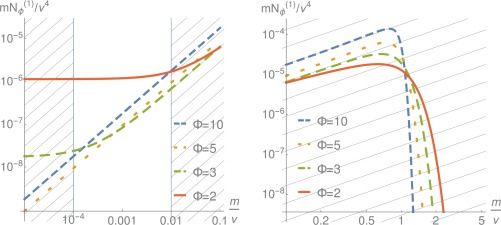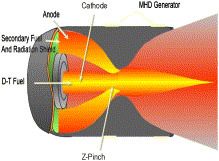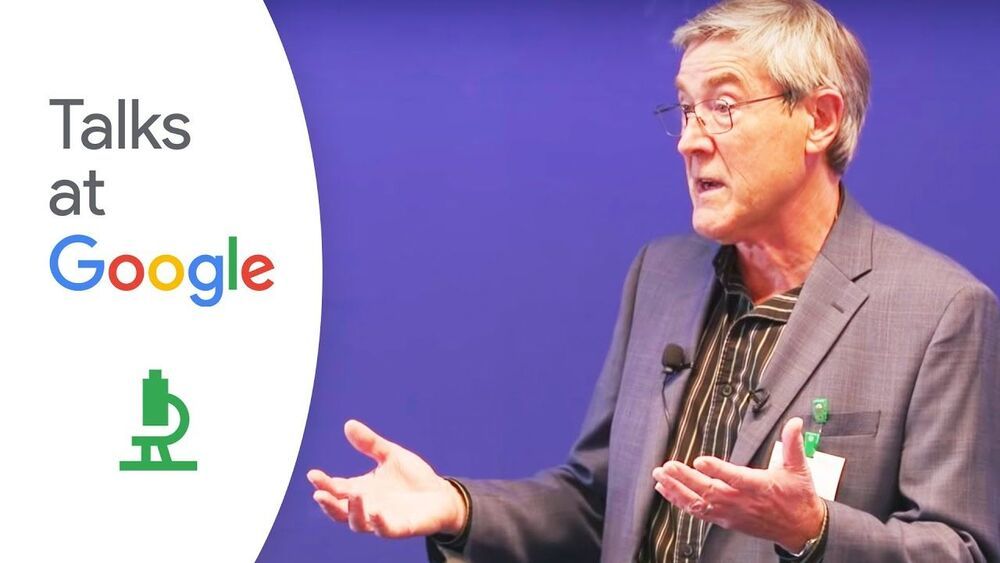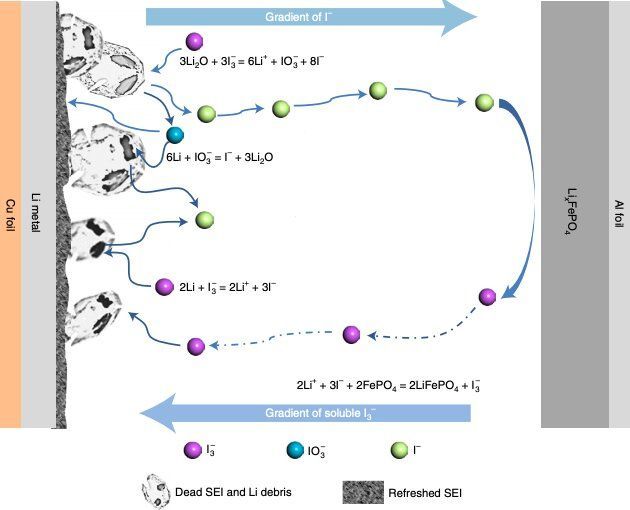Apr 25, 2021
Axion particle production in a laser-induced dynamical spacetime
Posted by Quinn Sena in category: particle physics
We consider the dynamics of a charged particle (e.g., an electron) oscillating in a laser field in flat spacetime and describe it in terms of the variable mass metric. By applying Einstein’s equivalence principle, we show that, after representing the electron motion in a time-dependent manner, the variable mass metric takes the form of the Friedmann–Lemaître–Robertson–Walker metric. We quantize a pseudo-scalar field in this spacetime and derive the production rate of electrically neutral, spinless particles. We show that this approach can provide an alternative experimental method to axion searches.

















